The year 2021 marks the 220th anniversary of one of the greatest watchmaking complications of all times: the Tourbillon
An exquisite mechanism of unrivaled complexity, the invention lies at the heart of a genuine human adventure that, to this day, contributes extensively to the reputation of its creator Abraham-Louis Breguet and his House.
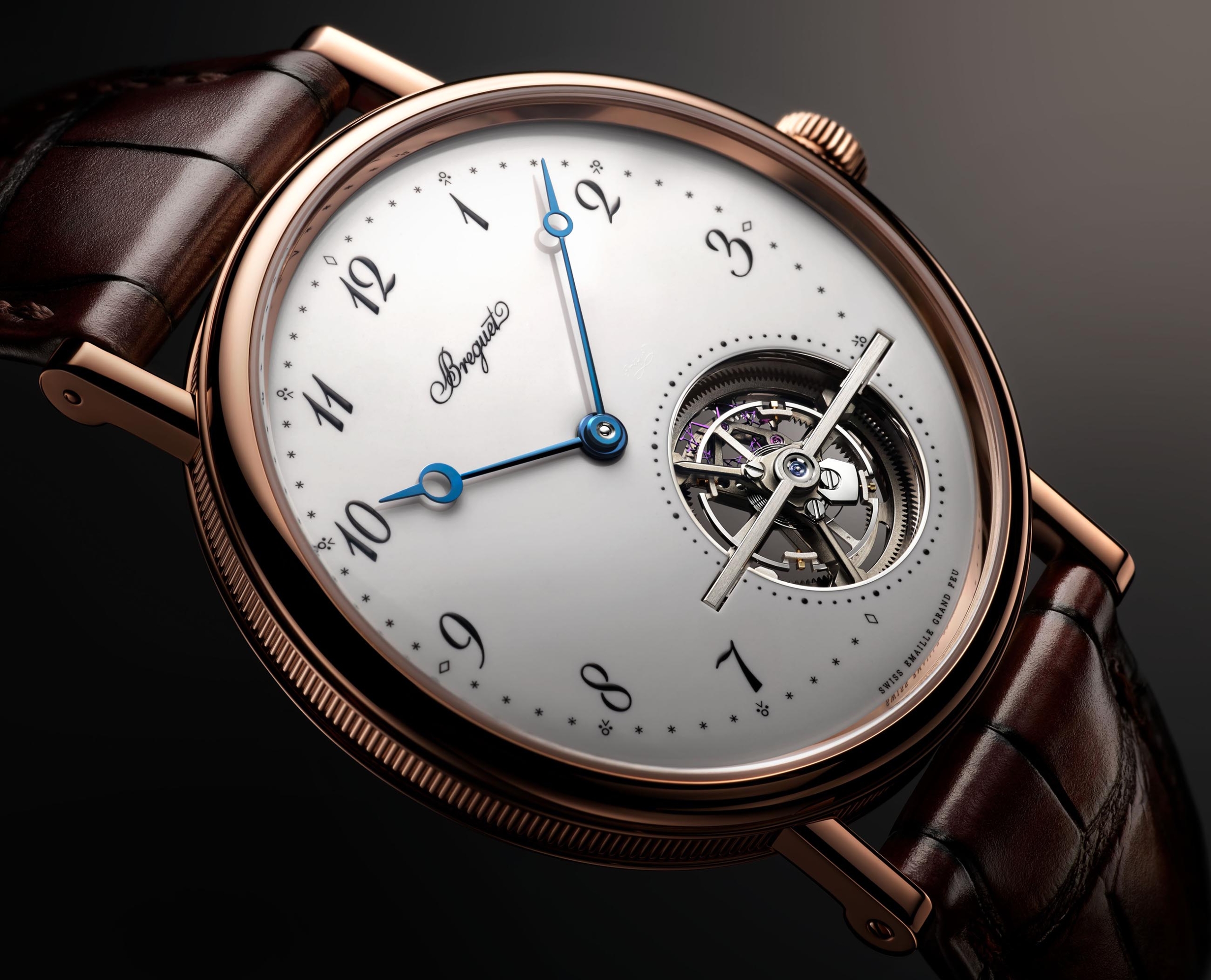
An expression of their era, technical inventions rarely maintain their relevance from one century to the next. One innovation replaces another, and as they are swept away by the stream of continual progress, they invariably fade into oblivion. With a few exceptions…
Developed 220 years ago by Abraham-Louis Breguet (1747–1823), the Tourbillon has never been as vital to fine horology as it is today. Regarded as one of the greatest complications of all time, it continues to flourish at the House of Breguet, its custodian. However, it has also been adopted by a number of other watchmaking brands because when Breguet patented it in 1801 it did so for only 10 years! Throughout the 19th century, it inspired other engineers, among them Bahne Bonniksen who, based on the observations made by Breguet, invented the carousel.
One Man
The Tourbillon sprang from the brilliant mind of a man who had already carved out a successful career for himself. Abraham-Louis Breguet, born in 1747 in Neuchâtel in Switzerland, was apprenticed to a watchmaker, and at the age of 15, he traveled to France to continue his apprenticeship in Versailles and Paris. In the French capital, a world metropolis even then, young Breguet obtained an academic education, most notably at Mazarin College. It provided a strong foundation in sciences, particularly mathematics and physics, which to all intents and purposes made Breguet an engineer before the time. He set up his own business on Île de la Cité in 1775, and by the time he presented his idea of the Tourbillon and applied to the authorities for a patent, he was already looking back on a long career. His so-called Perpétuelle, or self-winding, watch enchanted first King Louis XVI and Queen Marie- Antoinette and eventually the entire court at Versailles. Countless technical innovations and a talent for sleek, minimalist design made Breguet an innovator of international repute. His name became known in all the major capitals, and many started to imitate him.
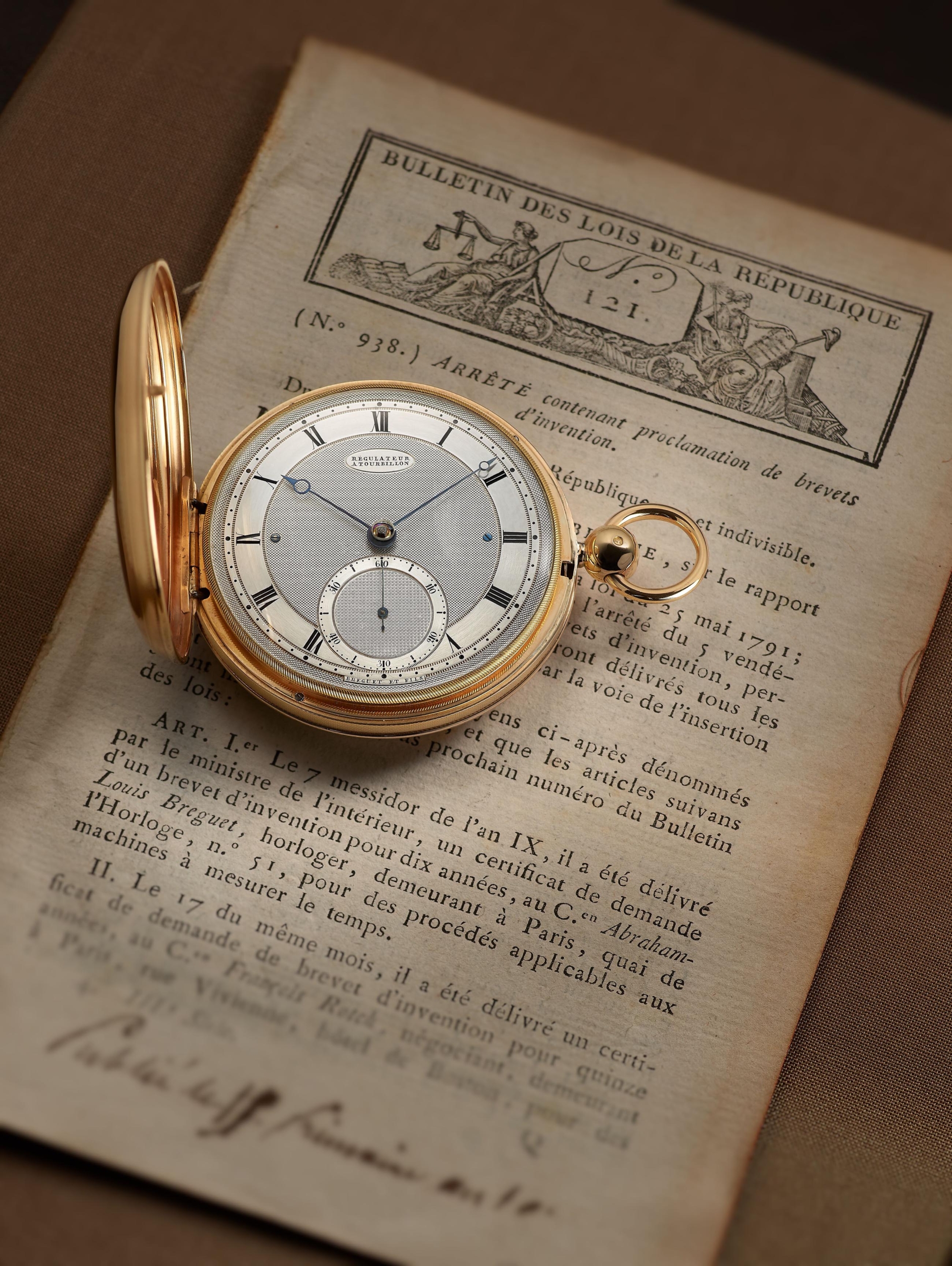
The Quest for Precision
In 1793, Breguet was forced to flee the excesses of the French Revolution and seek refuge in the country of his birth. He lived in Switzerland for two years, first in Geneva, then in Neuchâtel, and finally in Le Locle. This would turn out to be a fruitful sabbatical, a period of intense intellectual work and exchange with the Swiss watchmakers of the Geneva and Neuchâtel Jura regions. Upon his return to France in the spring of 1795, his various observations lent a spectacular new lease on life to his career.
During the five years following Breguet’s return to Paris, the Maison presented new products to a clientele that had long become international and cosmopolitan. Among these novelties were the tactile watch (which allows time to be read by touch), the Sympathique clock (which resets and synchronizes watches placed on top of it), the subscription watch (breathtaking in its minimalism), a new constant-force escapement, and a new mechanism referred to as a “Tourbillon regulator.”

Defying the Laws of Physics
Through study and observation, Breguet had perfected his understanding of the factors – especially those affecting the escapement – that might impair the precision of a timepiece. He was without question the only watchmaker of his time who had, through first-hand experience, absorbed and synthesized the achievements of the three major contemporary watchmaking nations (Switzerland and France as well as England, which he visited on several occasions, spending time particularly with John Arnold). Realizing that he would not be able to solve single-handedly all the problems associated with the expansion of metals and the stability of oils, Breguet coped with those issues by working around them. He “compensated”for the effects of the laws of physics that affect the inner workings of a watch and, with them, its rate regularity. As Breguet was unable to alter the law of gravity, he chose to “tame” its effects.
The Meaning of a Word
Who but Breguet could have proposed such a project? It required a solid grasp of science as well as an optimistic streak. This specific set of circumstances resulted in a project, which its inventor named “Tourbillon.” The word is frequently misinterpreted and its astronomical meaning has long been forgotten. According to the major dictionaries of the 19th century, among them Descartes and the Encyclopédie, the word referred either to a planetary system and to its rotation on a single axis, or to the energy that causes the rotation of the planets around the sun. This sense of the word is far from its modern meaning of “violent rotation” or “uncontrollable storm.” A man of the Enlightenment, Breguet thus chose a word that someone who observed the world before imitating it would choose. In this, he resembles the 18th century philosophers who considered watchmaking to be the creation of a microcosm.

In fact, it is hard not to envision a tiny, tidily ordered constellation in this mechanism, which assembles the devices for regulation (balance spring) and transfer (escape wheel and lever) in a mobile cage that spins as constantly as any planet…







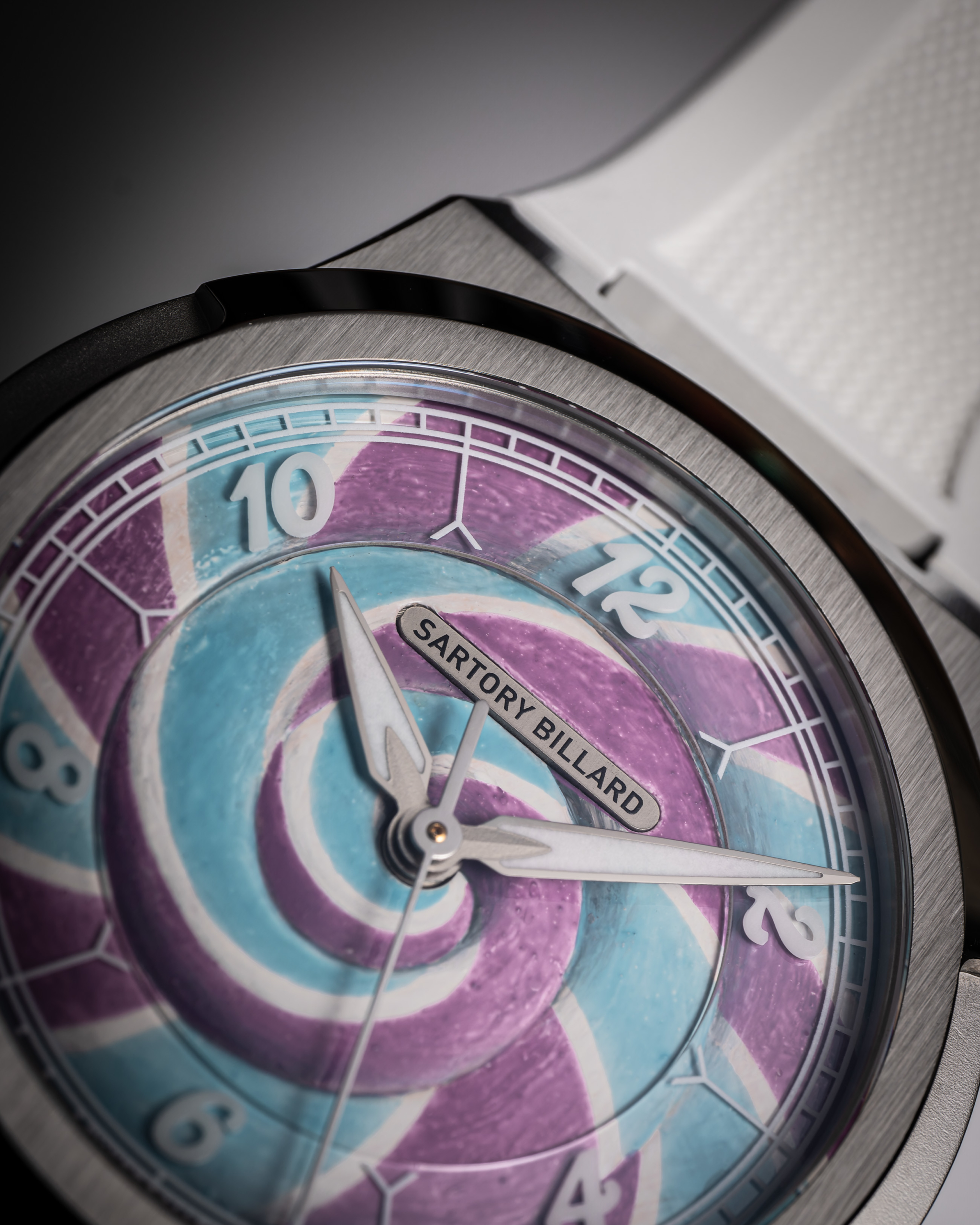
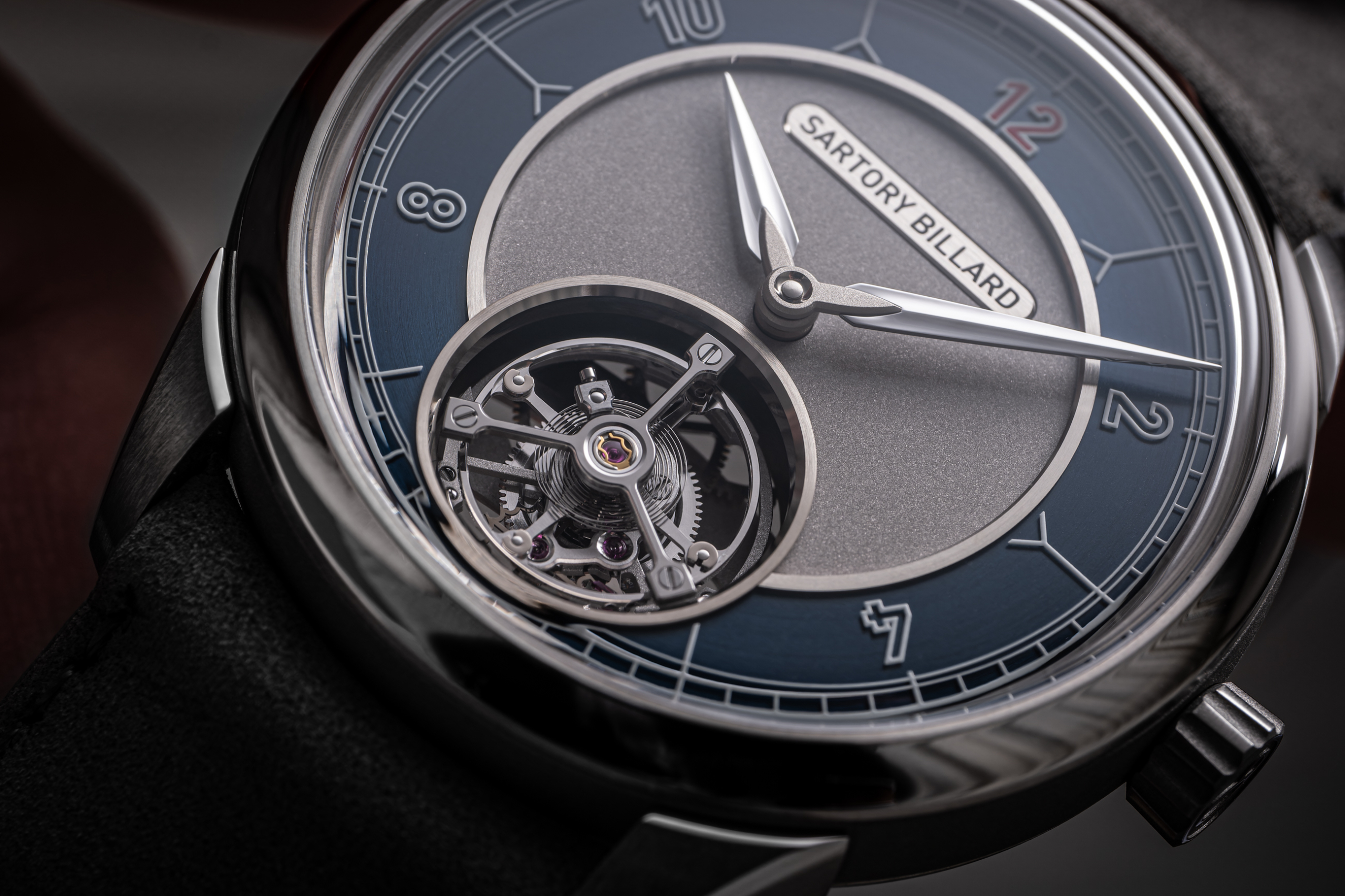
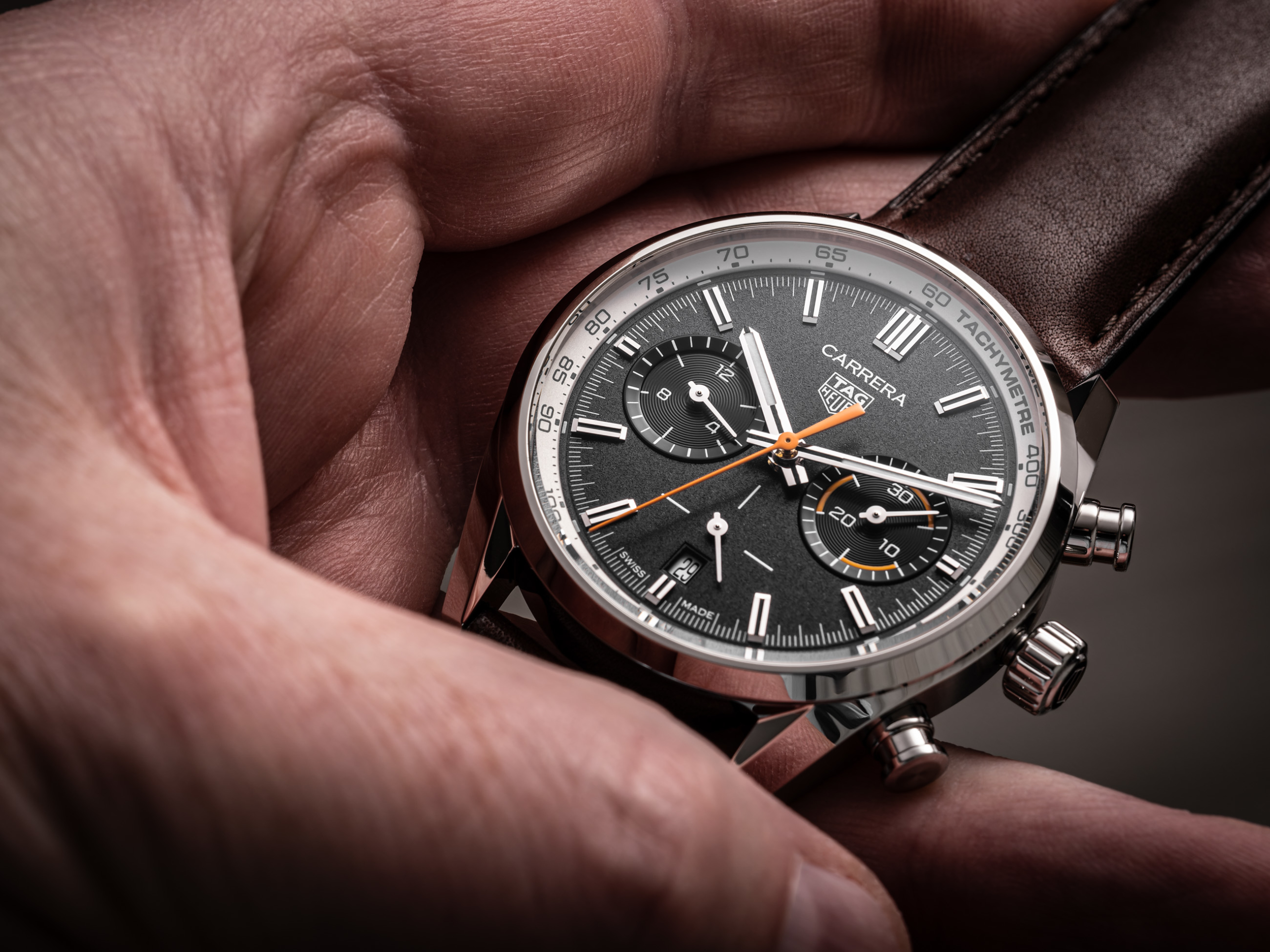

… [Trackback]
[…] There you can find 52908 additional Information on that Topic: cronotempvscollectors.com/en/breguet-celebra-el-ano-del-tourbillon/ […]